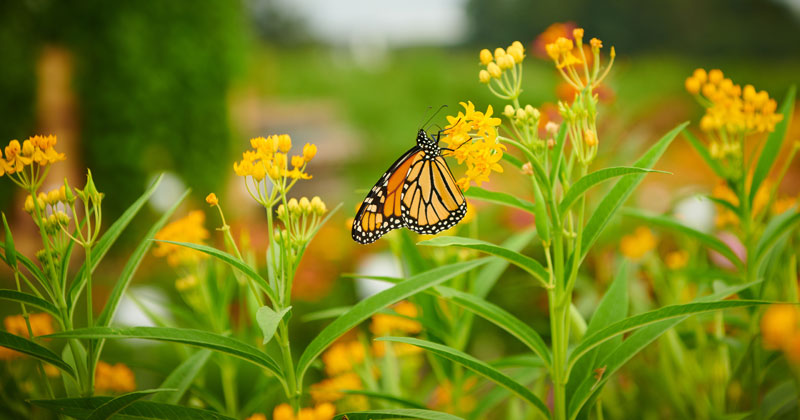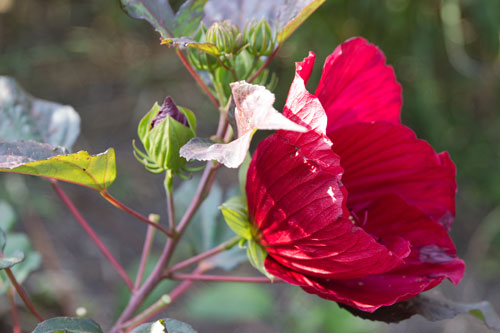


Know before you grow
The newbie guide to starting a garden
April 14, 2022
Home to a compelling cast of characters, gardens are the Netflix of the outdoors. The so-called monkey face orchid packs a comedic punch, marigolds bring the (pollinator) drama, and the devil’s tooth fungus — which appears to bleed from its spores — is straight horror.
But beyond their, ahem, streaming value, gardens are good for your health. Research shows digging in the dirt boosts memory, improves sleep and even increases happiness — that last perk thanks to a bacteria in soil that elevates serotonin levels in the brain.
“When it comes to maintaining the well-being of our physical health and psyche, it’s just below food and water,” says ornamental horticulture professor Susan Barton about the importance of engaging with the outdoors. “Gardening is restorative.”
Ready to join the more than 60 million Americans who’ve discovered the pleasure of pruning, the wonder of weeding, the magic of mulching... but not sure where to begin? Read on for three groundbreaking tips you need to dig.

Do your prep
The real work of gardening begins long before you pull on your first sun hat or pair of waterproof clogs. “People show up at a plant sale and pick out what looks prettiest,” says Carrie Murphy, ANR06M, educator with UD’s Cooperative Extension. “But it helps to have an overall plan in place first.” Start with determining your goals: Attracting pollinators? Creating habitat? Adding an explosion of color to your property? Then scout a location, preferably somewhere highly visible for “keeping your fingertips on the pulse of what’s happening,” Murphy says. Before purchasing plants, she recommends observing the area for up to a year, noting sun exposure and moisture retention levels. Then, when you’re finally ready to shop, carefully (and we do mean carefully) read all labels to ensure your selections are appropriate for both your objectives and your designated space.
Love your ground
As the foundation of a healthy garden — and, really, for all life on Earth — soil deserves some respect. First step: Conduct a soil test, which is the “best, easiest and cheapest management practice you can do,” says soil science professor Amy Shober. The process will determine your pH level and any nutrient deficiencies, helpful information for tailoring a fertilizer regime. Experts recommend repeating this test every three years and following instructions carefully each time (yes, you have to remove twigs and grass from your sample). Oh, and while you’re at it, stop referring to your soil as… you know what. “In my profession,” Shober says, “dirt is a four-letter word.”
Try, try again
You will experience… horticulture hiccups, let’s call them. Gardening is a process of trial and error — emphasis on error. Before you encounter an inevitable glitch (hungry deer! unexplained wilting! weird bugs!), ask for help. Your county’s Cooperative Extension office offers a slew of free resources… and no one will judge you for reaching out. “Don’t be intimidated,” advises Lorene Athey, instructor in landscape architecture. “There is no shame in gardening.”
Contact Us
Have a UDaily story idea?
Contact us at ocm@udel.edu
Members of the press
Contact us at 302-831-NEWS or visit the Media Relations website


